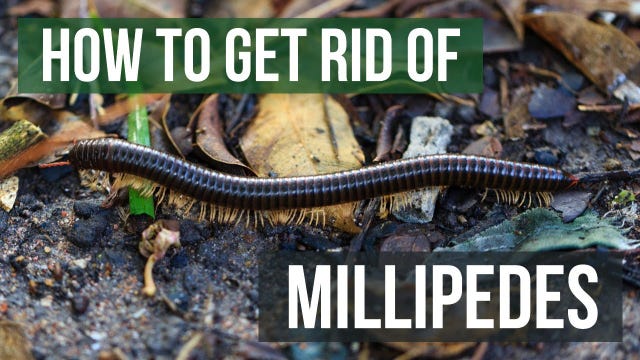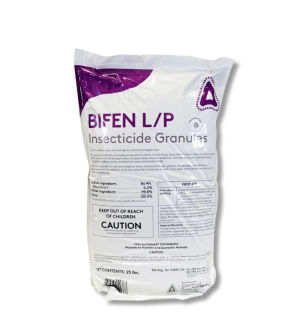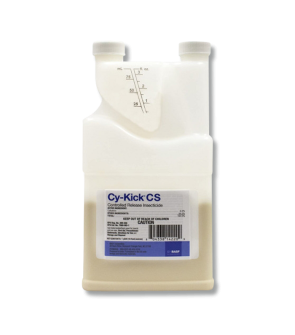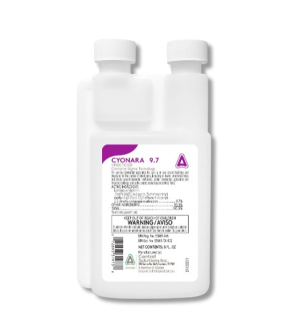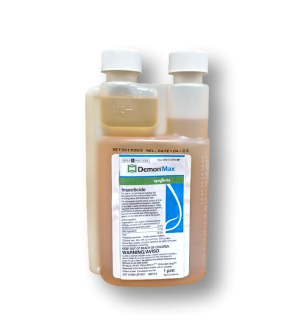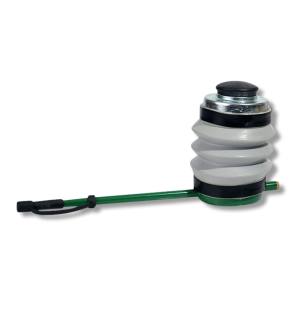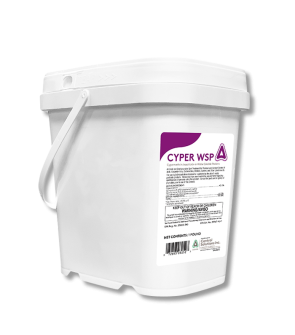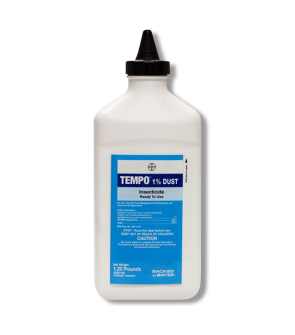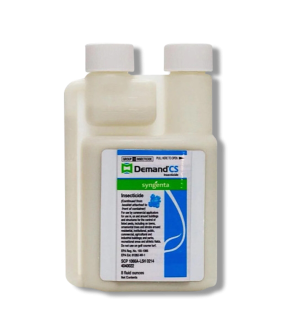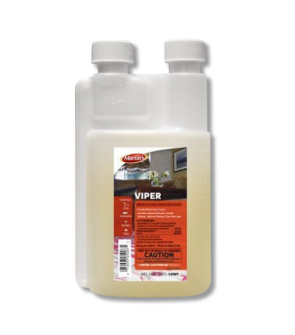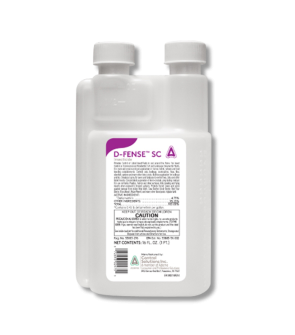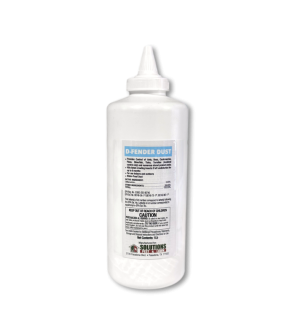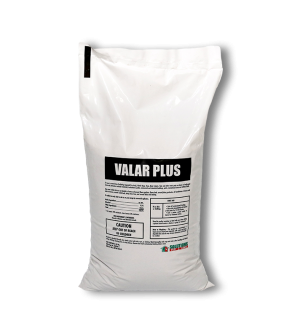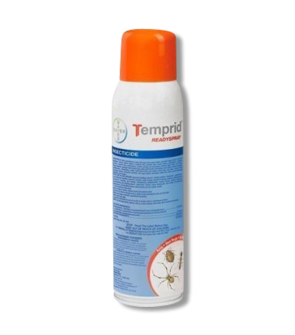Gain access to personalized product screening, the best pricing, rewards, and more!
Most Effective Products
Millipede Control: How To Get Rid of Millipedes
This page is a general millipede control guide. Using the products and methods suggested, you will get control of Millipedes. Follow this guide and use the recommended products and we guarantee 100% control over millipedes.
If you have a garden or lawn, you may eventually come across a millipede. Millipedes are practically harmless and can actually be quite beneficial to nature due to their habit of eating dead and decaying plants as well as smaller insects. Too many of them around, though, can become a problem.
Millipedes are usually found outdoors, near the garden and lawn, but in some instances, they can venture indoors and are usually found near moisture. This could include garages, basements, and crawl spaces. Millipedes often enter homes when their habitats get flooded or dry. In search of more suitable habitats, they mistakenly go inside homes, and this is one of the reasons why you might be facing an infestation.
Although millipedes do not bite, sting, transmit disease, or even cause structural damage, some species have been known to release a liquid that can be irritating to the eyes and skin. This is why all millipedes should be handled with gloves when being removed.
If you are dealing with millipedes invading your property, our DIY millipede Control guide below can help. Read on to learn more about millipedes and the best way to eliminate them from your property using our expert tips and product recommendations.
Identification
Before gearing up for treatment, it is important to properly identify the problem pest and be certain it is a millipede. Millipedes are often confused with the similarly named centipede. While they may look alike, distinguishing traits set them apart.
- Common millipedes range between 0.5 and 2 inches long. They have a tube-like body that is often brown or black but can vary and be red or white as well. Their antennae are relatively short, and they have two legs per body segment. The number of legs a millipede can have can range between 40 and as much as 400.
- Conversely, centipedes are usually larger, growing up to as much as 6 inches in length. They have flatter bodies and are yellow-brown. Their antennae are longer and have one pair of long legs per body segment.
Use the image and description above to identify millipedes on your property properly. If you are not sure, contact us, and our representatives will try to help you with proper identification.
Inspection
After you have confirmed that you are dealing with millipedes, you should move on to an inspection to locate where they are most active and the conducive conditions that attract Them to your property.

Where To Inspect
Indoors, focus your search on areas where there may be high humidity, such as basements, garages, and first-floor areas. Outdoors, look in the yard, mulched areas, stones, bricks, woodpiles, leaf litter, and moist soil.
What To Look For
You're looking for millipedes and areas where moisture collects. In the basement and garage, move boxes and general clutter aside. If there are any areas in the basements and garage where moisture collects, these areas must be addressed. In the yard, look inside woodpiles, debris, leaf litter, stones, bricks, and mulched areas.
When moving around yard debris, you will often locate major nesting and breeding sites. If you have found areas prone to creating moisture inside and outside, as well as the millipedes themselves, you will need to focus your pesticide application on these areas.
Treatment
Once you have confirmed millipede activity and the conducive conditions attracting them, it is time to begin treatment. Remember first to read all product labels, follow the application instructions on these labels, and stay safe by wearing personal protective equipment.
To treat millipede infestations, you will need to use insecticides labeled for millipede Control, like Valar Plus Bifenthrin Granules, D-Fender Dust, and Supreme I/T.
Valar Plus Bifenthrin Granules and Supreme IT should be used outdoors to treat millipedes and keep them from venturing indoors. Indoors, D-Fender Dust and Supreme should be used to control millipedes that have made their way inside the structure.
Step 1: Outdoor Treatment with Valar Plus Bifenthrin Granules

Valar Plus Bifenthrin Granules are a granular insecticide labeled to treat many common household insects, including millipedes. They have a residual effect lasting up to three months and can be broadcast over your yard to address the millipede infestation.
Start by determining how many Valar Plus Bifenthrin Granules you will need for treatment by calculating the square footage of the treatment area. To do this, measure and multiply the area length times the width (length x width = square footage).
The typical application rate is 2.3 to 4.6 pounds of Valar Plus Bifenthrin Granules to treat 1,000 square feet of lawn.
To broadcast the Valar Plus Bifenthrin Granules, load your spreader with the proper amount of product based on your calculations and evenly distribute it over your treatment area. Broadcast half your granules in parallel lines once across the area and then broadcast the other half at a perpendicular angle to cover the area entirely.
Once the Valar Plus Bifenthrin Granules have been broadcast, they will need to be watered to activate them and push them down into the soil.
Step 2: Apply Supreme IT
Supreme IT is a broad-spectrum insecticide labeled for treating many pests, including millipedes. It works great as a barrier treatment to keep pests away because it has a long residual effect that continues to kill for up to 90 days after application.
To use Supreme IT, mix and apply with a 1-gallon hand pump sprayer.
Use Supreme IT at a rate of 0.33 to 1 fl. oz. per gallon to cover 1,000 sq. ft.
Start by filling the sprayer halfway with water. Add the appropriate amount of Supreme IT based on the area's square footage, then fill with the remaining half a gallon of water before closing the lid and agitating. Pump your sprayer a couple of times to produce a low-pressure spray.
Spray around the entire perimeter of your home, focusing on window frames, door frames, garage doors, eaves, soffits, and small cracks and crevices at ground level where millipedes might enter. Spraying 3 feet up your structure's foundation and 3 feet out is recommended.
Step 3: Indoor Treatment with Supreme IT and D-Fender Dust
Now, you're ready to apply treatment indoors. You will use Supreme IT and D-Fender Dust. Supreme IT will be used as a spot, crack, and crevice treatment to create an interior barrier to repel millipedes.
Use the Supreme IT at the same application rate of 0.33 to 1 fl. oz. per 1,000 sq. ft. indoors.
You'll want to use Supreme IT as a spot treatment or crack and crevice application along baseboards, in garages, basements, closets, under furniture and appliances, around plumbing, and anywhere else where you have noticed millipede activity.
D-Fender Dust
D-Fender Dust is moisture-resistant insecticidal dust that is perfect for applying to moisture-prone areas (voids, cracks & crevices, etc.) where millipedes are attracted. It also has long residual (or long-term effects) that will last up to 8 months.
To use D-Fender Dust, you will need a handheld duster.
Fill the duster halfway with D-Fender Dust, leaving lots of room for air to circulate inside. Holding the duster with the cap facing upside down, apply it to cracks, crevices, and small openings in the rooms where you have noticed millipedes.
You should also apply under sinks and appliances as these are prime areas where moisture may accumulate, and millipedes will be found.
Prevention
Suppose you don't want millipedes to be a reoccurring problem. In that case, you must implement some preventative measures to exclude them from your property and eliminate conducive indoor and outdoor conditions that attract them to your home.
- Start by sealing off cracks and crevices around your home. Use Caulk, Stuf-fit Copper Mesh, and pest control foam to completely seal and block off the entry points into your home. Sealing these entry points will make it harder for millipedes to come indoors. Consider repairing or adding weather stripping to your doors and windows. This will go a long way in keeping bugs that might crawl under the door out.
- Address any moisture issues within your home, such as plumbing leaks and dampness, and reduce mulch and leaf litter outdoors. Rake and dethatch your lawn to reduce the chances of moisture accumulation, and trim tree branches to reduce shade.
- Finally, you can reapply Supreme IT every 3 months and Valar Plus Bifenthrin Granules every 3 months for yearly protection.
Key Takeaways
What are Millipedes?
- Millipedes are nuisance pests that often frequent yards or sneak indoors because moisture attracts them. They can especially be a problem when the weather outside starts getting cold, as they look for a warm place to spend the winter. If there is excessive rain, they move into residences for shelter.
How To Get Rid of Millipedes in Your Home
- To control millipedes, we recommend applying Valar Plus Bifenthrin Granules out in your yard and using Supreme IT as a barrier and crack and crevice treatment to keep them away. Apply D-Fender Dust to address millipedes that crawl into voids and hard-to-treat areas.
Preventing Millipede Reinfestation
- Prevent millipede reinfestation by sealing cracks and crevices outside your property and applying preventative treatments of Supreme IT and Valar Plus Bifenthrin Granules.






